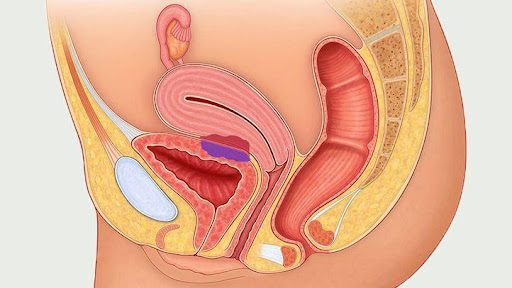Overview:
It is a medical condition in which the endometrial tissue, which usually lines the uterus, grows outside the lining walls and causes immense pain. Endometriosis, also known as Adenomyosis, can cause pain during periods as the displaced tissue grows along the muscular walls. Currently, one in nine women in Australia is speculated to have Adenomyosis, all of whom are likely below 44 years of age.
Symptoms:
Although the initial stages aren’t something to be worried about as it only feels like mild discomfort, it’s the later stages that need to be addressed.
- A slight pressure in the abdomen is the most common symptom, followed by pelvic pain.
- The size of the uterus increases visually.
- Severe pain during intercourse and penetration.
- Muscle cramps in the uterus.
- Pain while bleeding during menstrual cycles and cycles occur more heavily or protracted.
- Pain during urination or while passing stools.
If any of these symptoms persist for long periods, consult a doctor immediately. The sooner you get treatment, the better the chances of avoiding the following complications:
- Complicated surgeries that may involve fibroid removal or a c-section.
- Developments of chronic anaemia that may cause fatigue.
- Problems related to childbirth and risks of infertility.
- Some may even progress to cancerous cells.
Other risks involve lifestyle disruption where women will no longer be comfortable doing activities that they usually enjoy. Chances of having a lower BMI is also possible in this case.
How Is Adenomyosis Diagnosed?
Endometriosis is first diagnosed with an initial consultation where the doctor reviews the symptoms and the lifestyle before following up with these procedures:
- MRI Scanning: Detailed scanning may be required for the doctor to give a more precise prognosis.
- Laparoscopy: Laparoscopic surgery, where the doctor makes a small incision for a little device to pass through for viewing. This may be done to get a clear look at the progress of infection.
- Physical Exam: Doctors may conduct a physical check to feel any irregularities in either the inner walls of the uterus or on the surface.
- Ultrasound Scanning: Either an initial scanning or an abdominal scanning is done, both of which are used to identify any cyst growth. Cysts are a common indication of Adenomyosis.
Things To Consider If A Surgery Is Recommended:
Chances of surgery are high if the medications don’t work. In such a case, it’s best to consider these things before fixing up an operation date:
- There won’t be any disruption to any physical activity, be it for work or otherwise, until 48 hours before the time of completion of the operation.
- Chances of scar formation are possible but make sure to keep the wounds from the sun as much as possible. Also, avoid hot water for at least two weeks after the surgery.
- People can resume their regular diet within days but make sure to keep the body vitals level with fluids and nutrients.
- Medications and prescriptions might be written up, which must be followed through both pre as well as post-surgery.
- Gas formation is completely normal and will reduce in time. Belly pain is also common after the procedure.
- Vaginal discharge may be prominent, and bowel movements may have complications within the first two days after surgery.
Usual follow-ups will be set up every week or two to assess the recovery, and patients are recommended to take this time to rest and heal. However, in case of any problems regarding blood discharge, pain, swelling or anything of the sort, make sure to book a consultation immediately.
